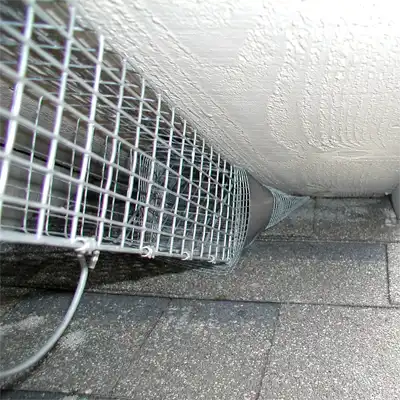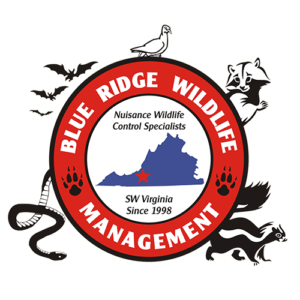
Squirrel Trapping in Southwestern Virginia
Different Types of Traps
There are a variety of different types of traps available for trapping squirrels. Some popular options include
- Live traps: These traps capture the squirrel alive, allowing you to release them into the wild elsewhere. These traps come in a variety of shapes and sizes, from small box traps to large cage traps.
- Kill traps: These traps are designed to kill the squirrel quickly and humanely. These traps can be triggered by the squirrel stepping on a pedal or by a spring-loaded mechanism.
- Snares: Snares are loops of wire or cable that are placed around the squirrel’s neck or body, causing the animal to be caught. Snares can be baited or unbaited.
- Glue traps: These traps use a strong adhesive to keep the squirrel in place. These traps are not recommended as they can cause injury to the squirrel and can be inhumane.

Bait Selection
The type of bait you use can greatly affect your chances of catching a squirrel. Some popular baits include:
- Peanuts: Squirrels love peanuts and they can be a very effective bait. They are also easy to find and relatively inexpensive.
- Sunflower seeds: Sunflower seeds are another popular bait for squirrels. They are high in fat and protein, making them a great choice for baiting squirrel traps.
- Corn: Squirrels love corn, and it can be a great bait for trapping squirrels. It is also readily available and inexpensive.
- Apple slices: Squirrels also enjoy eating apples. Fresh apple slices can be used as a bait to trap squirrels.

Setting the Trap
Once you have selected your trap and bait, it’s time to set the trap. Here are a few tips for setting your trap:
- Place the trap near a food source or a known squirrel activity area.
- Make sure the trap is stable and will not tip over.
- Cover the trap with foliage or other materials to make it less visible.
- Check the trap regularly to ensure it is in good working order and to remove any trapped squirrels.

Squirrel Trapping Safety Precautions
When trapping squirrels, it’s important to take safety precautions. Here are a few tips to keep in mind:
- Always wear gloves when handling traps or bait.
- Keep children and pets away from the traps.
- Be cautious when releasing trapped squirrels, as they may be scared and aggressive.
- Follow all local laws and regulations regarding trapping squirrels.

Relocating Trapped Squirrels in Southern Virginia
If you are using a live trap, it’s important to consider where you will release the trapped squirrel. Here are a few tips for relocating squirrels:
- Release the squirrel at least five miles away from where it was captured.
- Release the squirrel in a wooded area with plenty of food and shelter.
- Release the squirrel during the daylight hours.
- Do not release the squirrel in an area with a high population of squirrels, as it may compete for resources.
Frequently Asked Squirrel Trapping Questions
Tips for Successful Trapping
When attempting to trap squirrels, it’s important to consider the size of the trap. Using a trap that is too large can make it difficult for the squirrel to get inside, while a trap that is too small may make it easy for them to escape. Furthermore, traps with a one-way door should always be placed in an area that allows them to lastly reach their destination. Additionally, it’s important to check the traps regularly for signs of tampering or damage, and to cover the trap with foliage or other materials to make it less visible.
Hiring a Professional
If you are unable to trap the squirrels yourself or get the proper permits, you may want to consider hiring us at Blue Ridge Wildlife Removal & Pest Management. Our Professional trappers are experienced in trapping squirrels and can often do so more quickly and efficiently than homeowners. They also have the necessary equipment and knowledge to safely and humanely trap and relocate the squirrels. Give us a Call at (540) 776-1769

